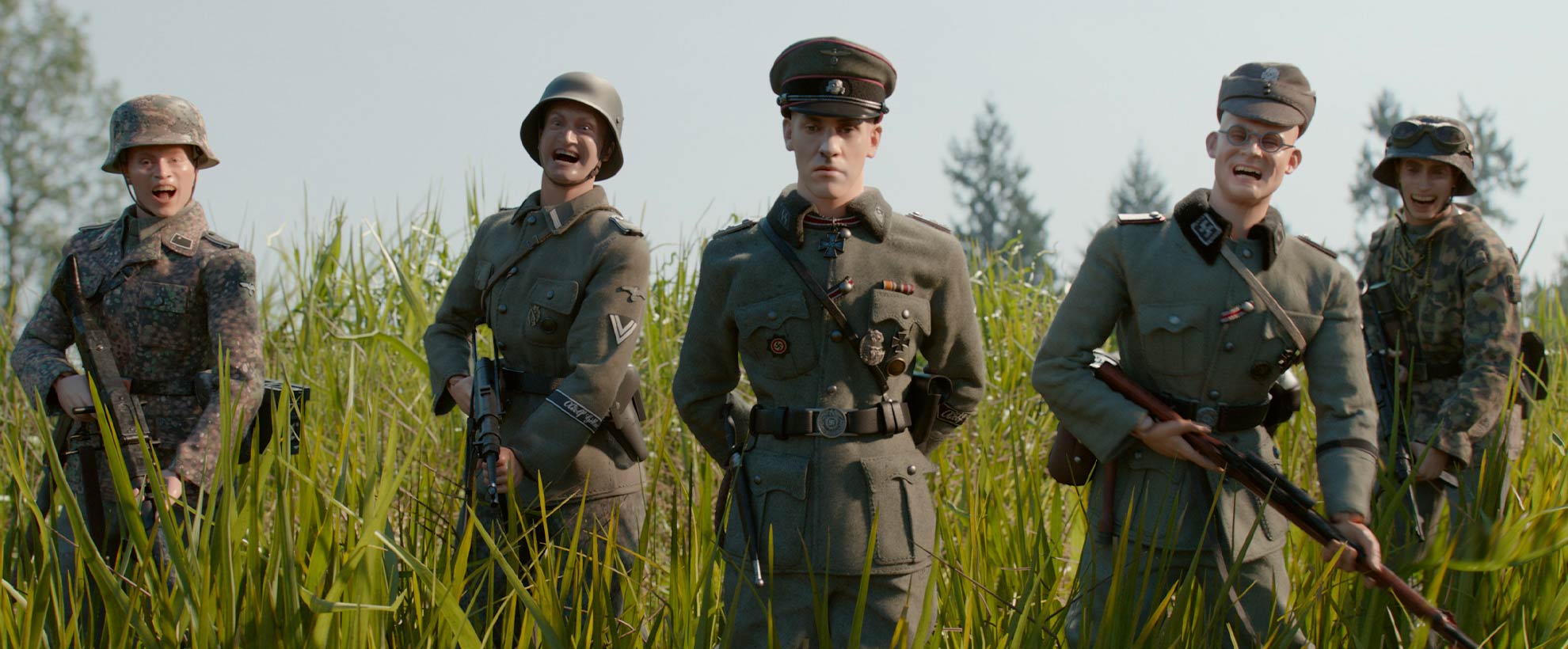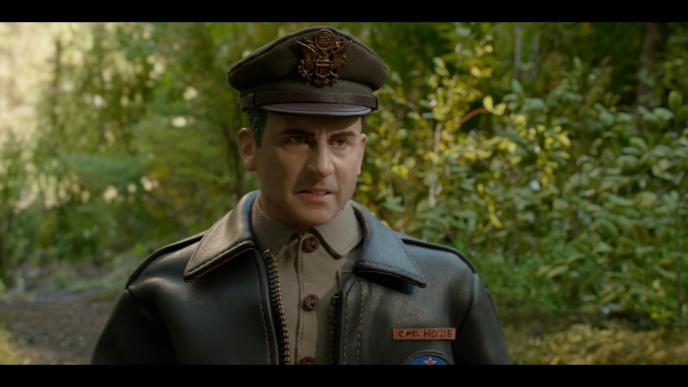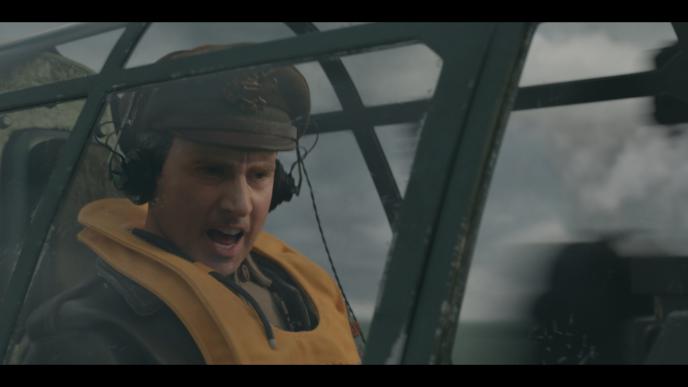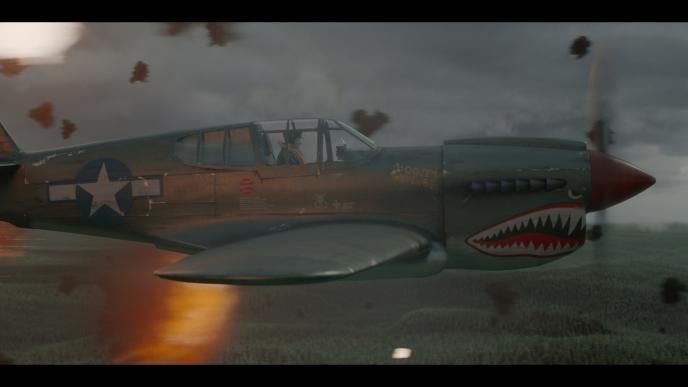
Welcome to Marwen
Framestore is proud to have played a role in Welcome to Marwen, the latest film from Academy Award-winning director Robert Zemeckis. The creative studio, also awarded by the Academy, produced one of the film's key preliminary sequences – with visual effects supervisor Romain Arnoux overseeing the execution of nearly 100 breathtaking shots. This year, the film is nominated for an Oscar in the “Best Visual Effects” category.
Our goal was for the public to be immersed in an imaginary world, but also a world anchored in reality. To be able to bring these two aspects of Hogancamp’s life to the screen in a unique way has been an incredible experience.
The film tells the true story of a photographer, Mark Hogancamp (Steve Carell), who loses his memory following a violent attack. In the hope of healing himself and regaining his quality of life, Hogancamp invents a fictional city that he creates with great attention to detail. This town is called Marwen, and it is populated by a group of dolls, which includes his heroic alter ego "Hogie", as well as doubles of the women from his real life.
This particular story required a completely unique approach, and Welcome to Marwen promises an avalanche of cinematic effects like never before, with the action alternating between the daily life of Hogancamp and the wonderful world of Marwen.

The Brief
Kevin Baillie, the film's lead special effects supervisor, called on Framestore to carry out technical details for the film's first scene, including the recreation of a plane crash and the animation of the inhabitants of Marwen. “Baillie walked us through the process – which involved using the production camera to project faces onto the computer-generated dolls – and I was hooked, because I knew no pipeline existed to do it. I had never seen a project like this before,” says visual effects supervisor Romain Arnoux.
The pipeline envisioned by Framestore consisted of animation files passing directly to lighting, where artists extrapolated the setups used on the motion capture platform to create believable exterior lighting that matched the live action. The shots thus produced then went to compositing so that the team could apply rejuvenating effects and complete the integration of live action images and computer-generated components. The Framestore pipeline was designed to allow back and forth between the tracking and compositing departments, with the aim of ensuring high quality tracking.

The Dolls
Framestore used advanced motion capture technology to transform the film's stars into realistic-looking dolls. At the beginning of the film, Zemeckis misleads his audience – he doesn't want anyone to think that the dolls themselves will be filmed, or that the story will take place in a world populated by dolls. To create the perfect hybrid, Framestore artists projected 75% of the actors' faces onto their respective dolls. From the moment the plane crash occurs, the audience is transported into a doll's world, in which only Steve Carrell's mouth, eyes and part of his chin are preserved to achieve the plasticized appearance that we wanted to achieve.
“Since we could only project the texture from a single camera's point of view onto the doll, we had to have perfect alignment,” notes Arnoux. “However, there was always a slight variation between the topology of the doll's face and the actor's face. We used custom-built tools to calculate these disparities and realign the faces, but it wasn't easy; most of the time, the tracking team had to do it by eye."

P-40 Digital
One of the key moments in the film is Hogie's plane crash, for which Framestore developed a digital P-40 warplane (based on miniature photos provided by Creation Consultants), recreating the cockpit of the plane from scratch. “We created a hybrid object,” says Arnoux. “Its geometry was based on a one-sixth scale of a real plane, but we used a lot of life-size textures. The animators recreated the plane as if it were life-size."
Flying at 250 miles per hour, the plane covers a great distance during the opening aerial scene, in which approximately 20 miles of computer-generated northern European landscapes are visible. The special effects team filled the sky with scattered debris emanating from the plane, which was also simulated at full scale. When the plane finally crashes to the ground, the destroyed tree canopy, muddy ground, and flames were all produced using an almost entirely digital shot.

It’s a touching story and as a creator, it was very interesting to work to integrate such nuances.
Framestore is proud to have been able to contribute its spectacular effects to this captivating story, which is nominated this year in the “Best Visual Effects” category at the Academy Awards.